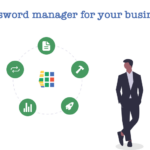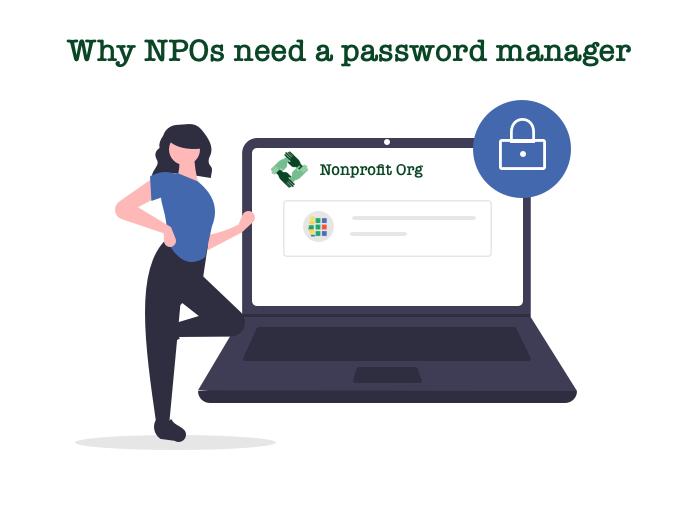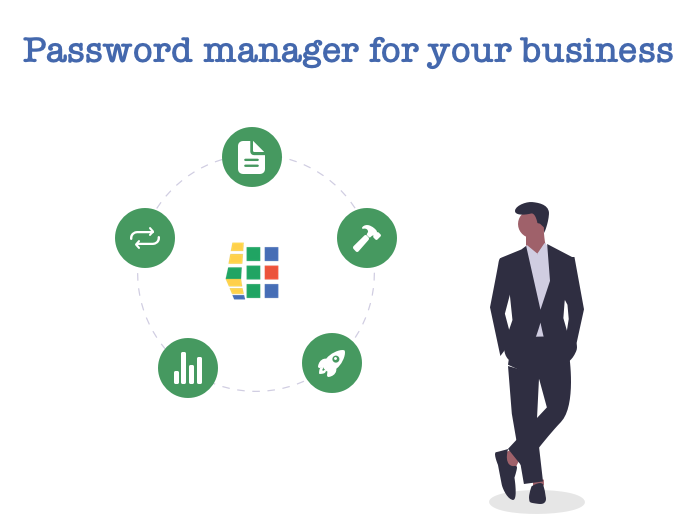
Running an Airbnb: How to share passwords securely with your guests
13/12/2022
What is a dictionary attack, and how do you protect yourself from it?
16/12/2022Data privacy scares and breaches are alarmingly common. Find out the top three things you can do to protect your personal information and keep your online data safe.
1. Create a unique password for every account
With data privacy scares and breaches alarmingly common, it's important to take steps to protect your personal information and keep your online data safe. For more that 38% of Americans this task is hard and the use the same password of their account. One of the best ways to do this is to use a unique password for each online account. This can limit the consequences of a data breach, as you'll only need to change one password rather than trying to audit them all.
However, many people struggle to keep track of multiple unique passwords. A password manager like DrivePassword can help solve this problem. DrivePassword allows you to create and manage strong, unique passwords for all your online accounts, and you'll never have to worry about forgetting your login details again. DrivePassword can also generate a new and strong password for you every time you create an online account. By using DrivePassword to manage your passwords, you can take a major step towards protecting your personal information and keeping your online data safe.
2. Turn on two-factor authentication
Two-factor authentication is an extra layer of protection that can help secure your online accounts. With two-factor authentication, you can restrict the devices your account can be accessed from. When a new browser or device is detected, an additional step is required to log in, such as entering a time-sensitive code sent to your phone. This makes it much more difficult for unauthorized access attempts, as your password alone won't be enough.
Two-factor authentication is increasingly being offered by larger social media networks, email providers, and data storage services. It's usually quick and easy to turn on, and it's an effective way to make your accounts safer. By turning on two-factor authentication, you can add an extra layer of protection to your online accounts. DrivePassword can help you manage your passwords and other login information, making it easy to use two-factor authentication to keep your accounts secure.
3. Take action early if there’s a data breach
Data breaches are unfortunately common, but there are steps you can take to protect your personal information and keep your online data safe. One of these steps is to take action quickly if there's a data breach. There are services that can help you keep track of emerging data risks, such as haveibeenpwned.com, where you can check your email address against a database of compromised accounts.
By using services as haveibeenpwned.com to alert you if there's been a security problem on a website you use or if one of your passwords has been compromised. This can help you take action quickly to limit the impact of a data breach. By using DrivePassword to manage your passwords and staying aware of emerging data risks, you can protect your personal information and keep your online data safe.
4. Use password manager
Using a password manager like DrivePassword can help you protect your online accounts by creating and storing strong, unique passwords for each of your accounts. This can reduce the risk of your accounts being compromised by hackers who use common passwords or who try to guess your passwords.
Having a password manager also makes it easier for you to use strong, unique passwords for all of your accounts, as you don't have to remember them all yourself. This can be especially useful if you have a large number of online accounts.










